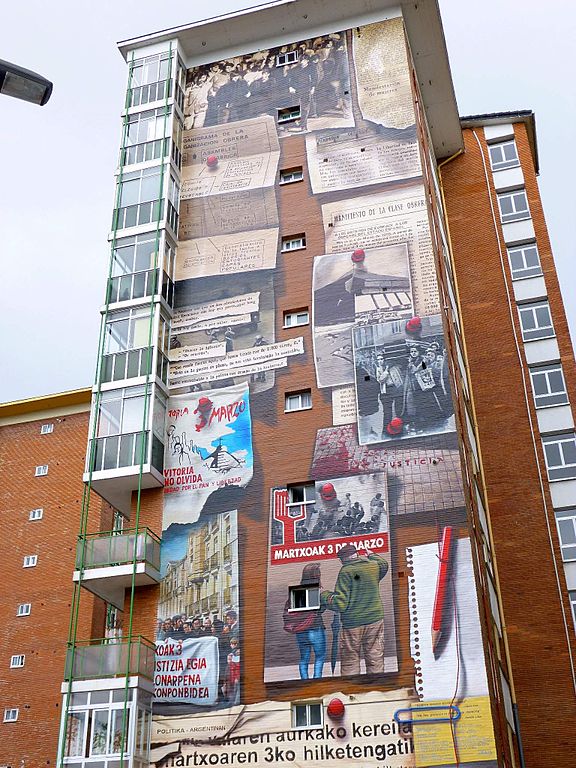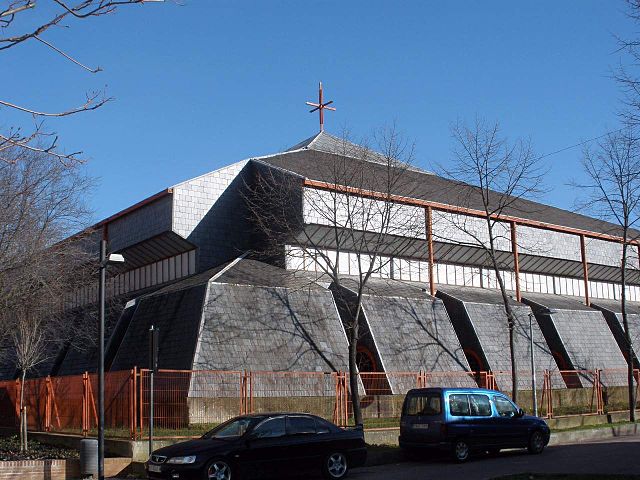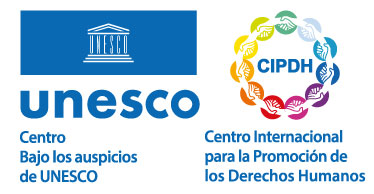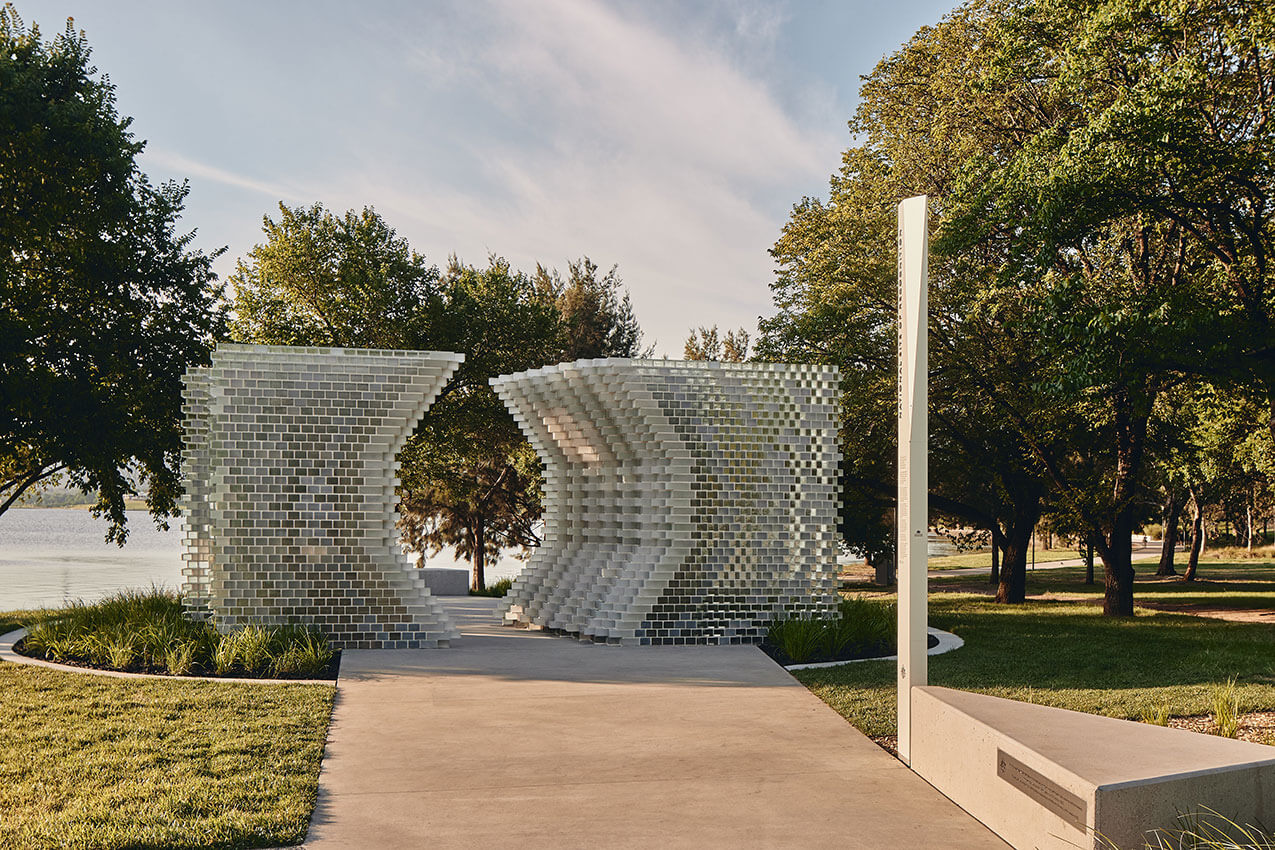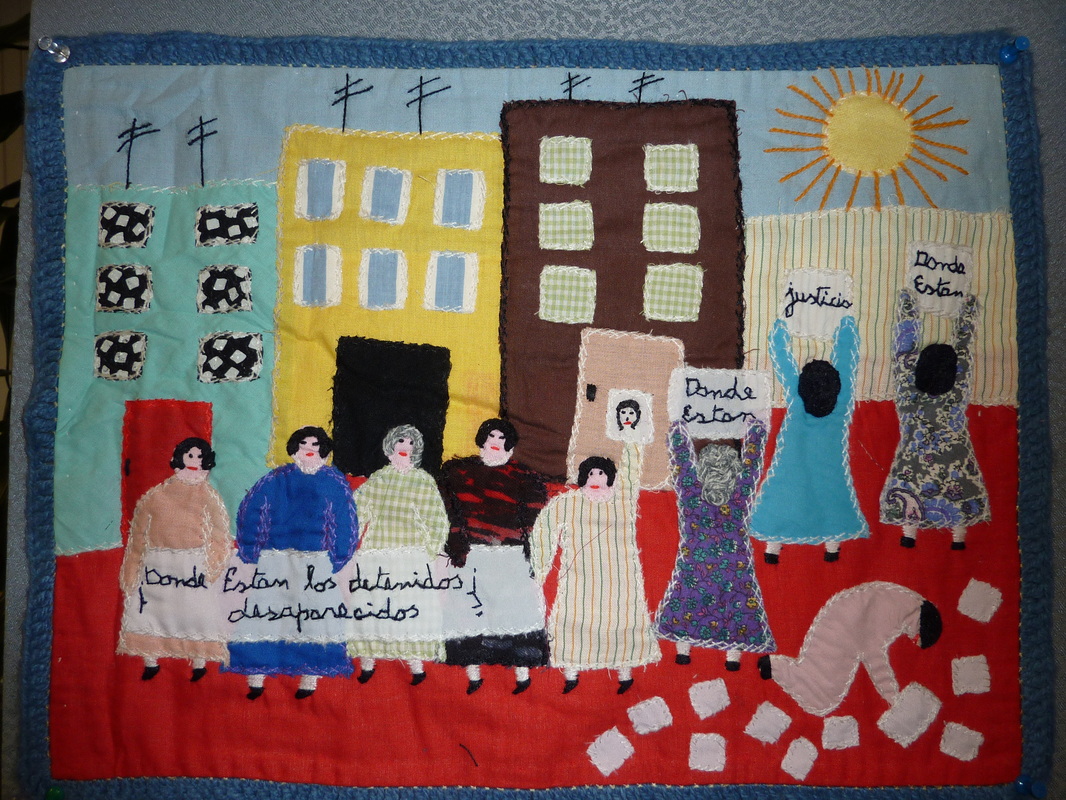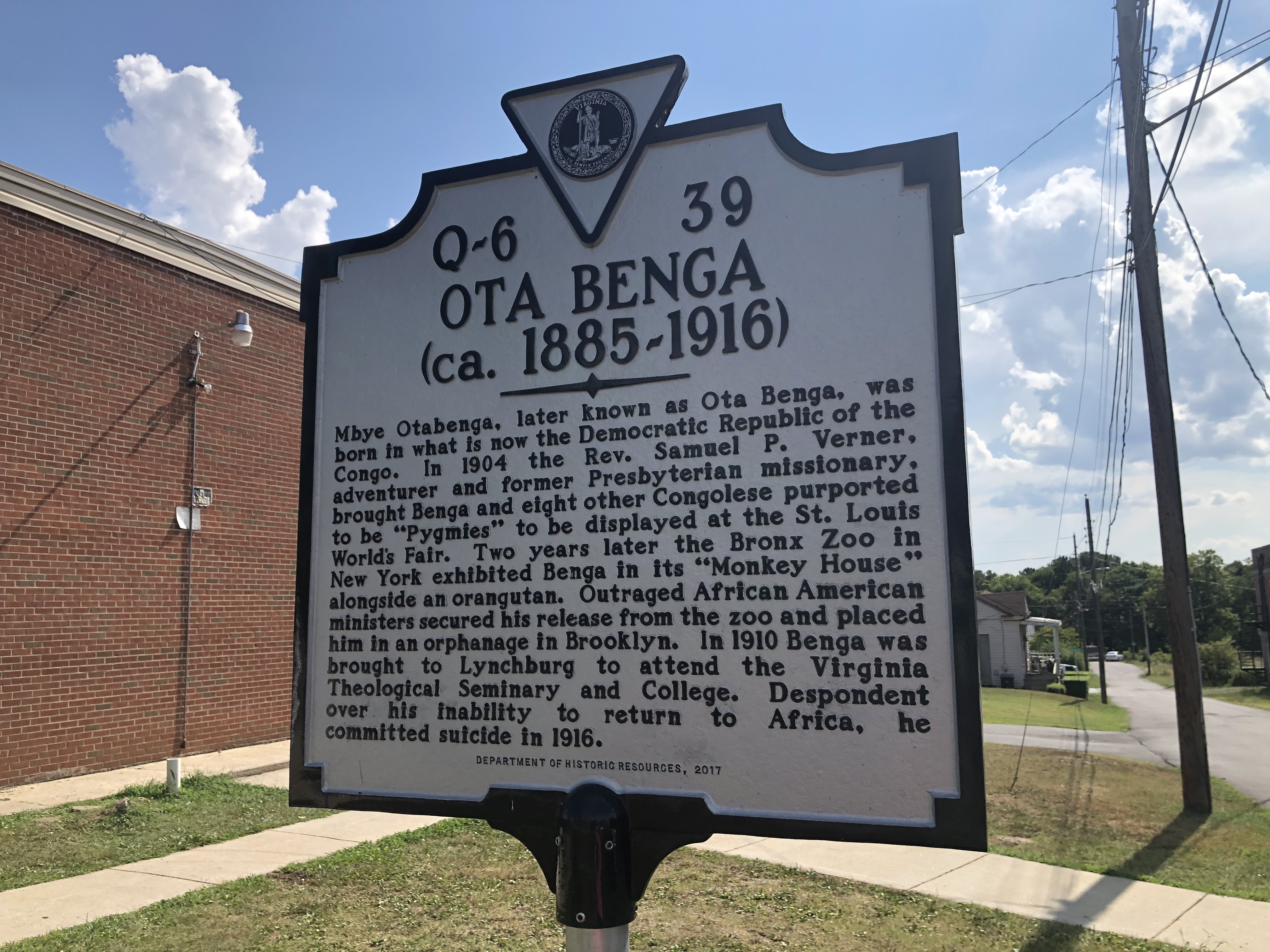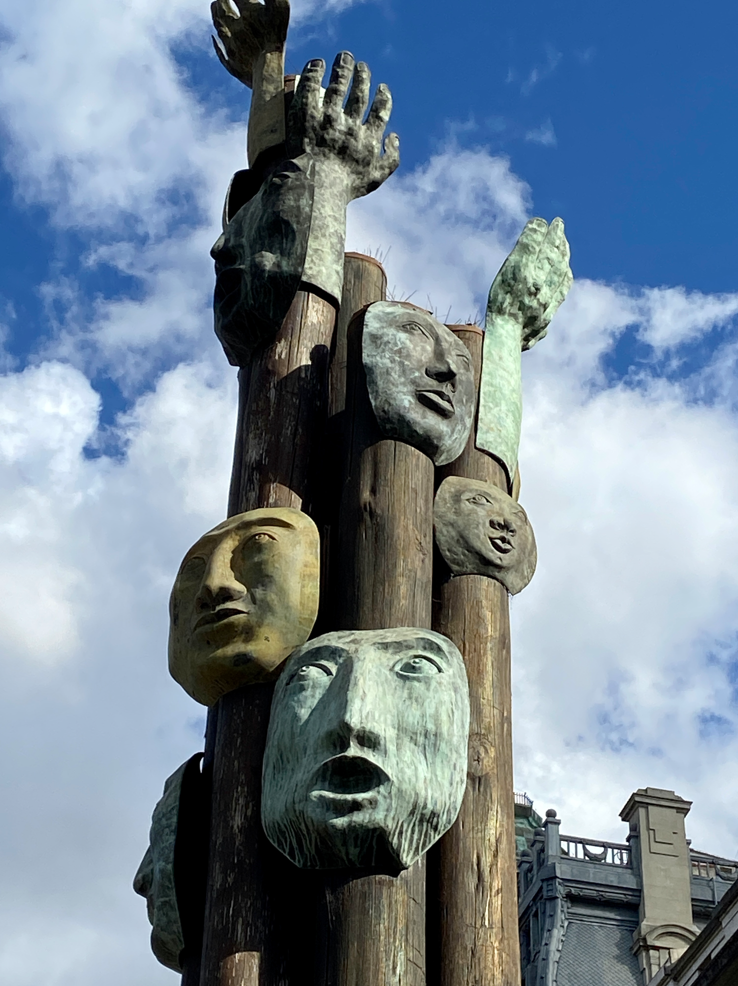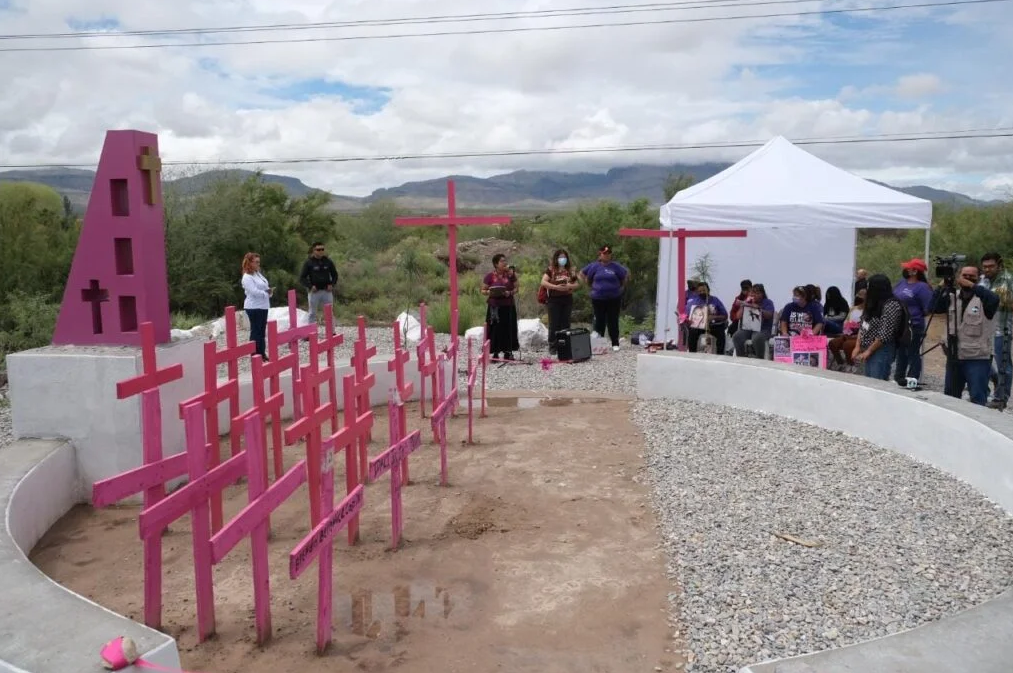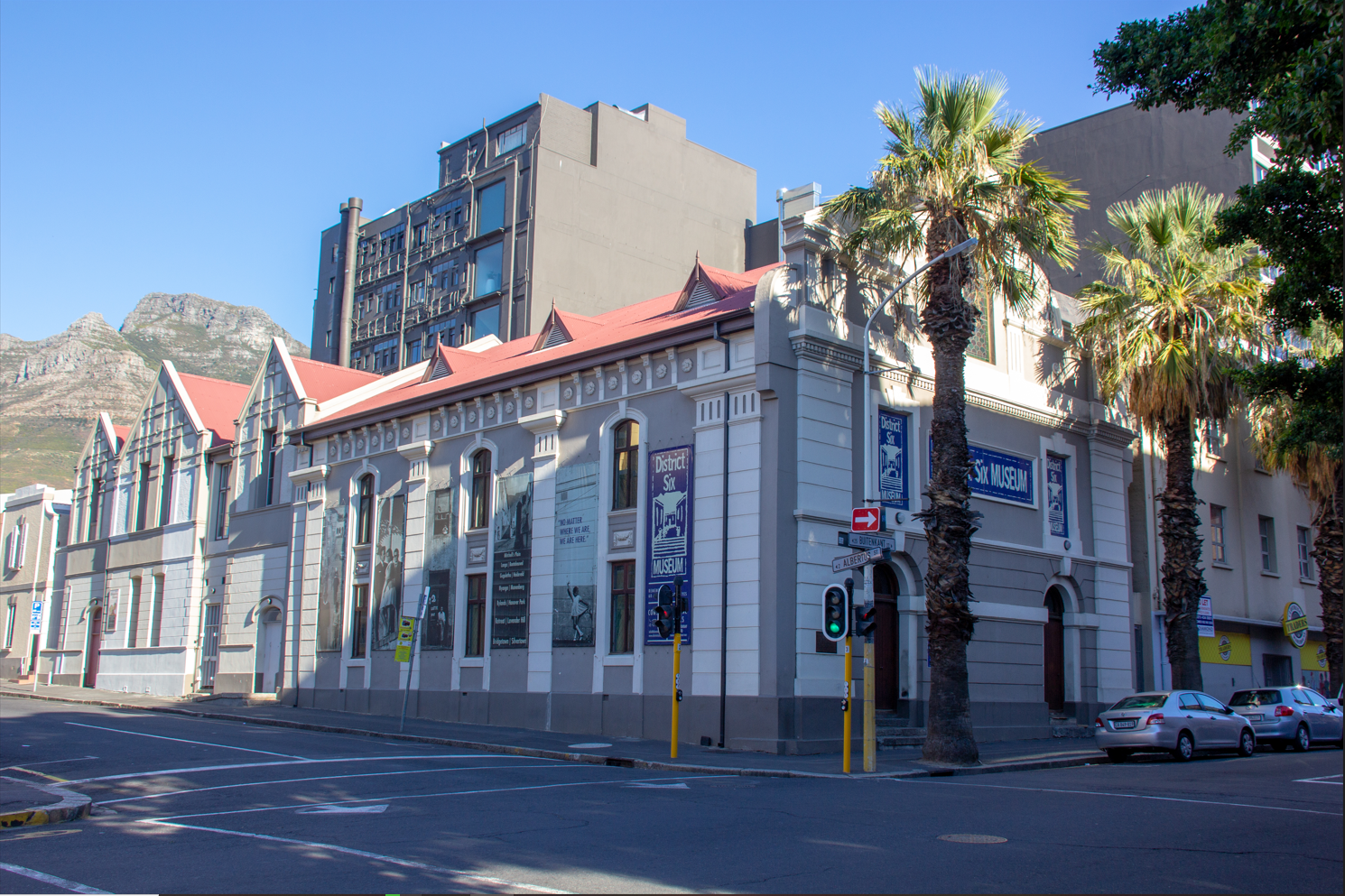Church of San Francisco de Asís Vitoria-Gasteiz
Site
Theme: Political persecution

Address
Fermin Lasuen Kalea, 4
Country
Spain
City
Vitoria-Gasteiz
Continent
Europe
Theme: Political persecution
Purpose of Memory
To honor the victims of the Vitoria-Gasteiz massacre.
Institutional Designation
Church of San Francisco de Asís Vitoria-Gasteiz
Date of creation / identification / declaration
2012
Public Access
Free

Location description
The church of San Francisco de Asís is located in the working class neighborhood of Zaramaga of the Basque city of Vitoria-Gasteiz. Through the back door, you can find artistic images that remind of the 1976 repression and portray the victims.
The Association of Victims and Families of March 3-Martxoak 3 Elkrtea has a room within the Church where they show a documentary related to the Vitoria-Gasteiz massacre and offer guided tours. Every March 3 demonstrations are held to remember the victims of repression and in claims for justice.
During the stage of democratic transition (1975-1982), months after dictator Francisco Franco’s death, the freedom of assembly, protest and expression were still under surveillance. In the city of Victoria Gasteiz, a strong workers’ movement had started to develop and after two months of strikes, on March 3, 1976, it called for a general strike that was accompanied by the whole workers, students, traders, homemakers and a great part of the population. The police intervened in all the protests and the first arbitrary detentions occurred.
In the afternoon, a mass assembly took place in the church of San Francisco de Asís, where the workers used to hold meetings in Representative Commissions. More than four thousand people were staying inside the premises and many others were staying outside when the police intervened violently to evict the place with shootings, gases and riot control gear. In the repression, five people were murdered and more than one hundred people were hurt.
The brutal repression’s intention was later proven in the recordings of the Police radio that were registered. The immediate judicial investigations that recognized the actions quickly dismissed the people that executed the orders for the murders. The State did not undertake any civil liability and did not provide compensation neither to the victims nor their families; no progress was made in the investigation.
The Association of Victims and Families of March 3-Martxoak 3 Elkrtea was created in 1999 due to the lack of investigation of the local justice to promote the process that was later known as “Argentine complaint”. In 2014, the Argentine justice ordered to detain one of the persons responsible for the repression and crimes against humanity, other authorities were also charged, such as Adolfo Suarez (Minister of the Presidency) and Jesús Quintana (Captain of the police that managed the security forces). Nevertheless, the applications were rejected by the Spanish authorities.
In 1999 the Association of Victims and Families of March 3-Martxoak 3 Elkrtea was created to seek truth, justice and recognition of the 1976 victims. Even though the claim for justice was permanent since the events took place, the families understood that it was necessary to establish and speed up the relationships with the entities and institutions through an association.
On March 19, 2004, with the arrival of the presidency of the Socialist Party led by José Luis Rodriguez Zapatero, the group of the members of parliament of the National Basque Party submitted a notice to the Senate for first time to clarify the events that happened in 1976 in Vitoria-Gasteiz.
On June 16, 2011, the National Basque Party, Eusko Alkartasuna, Aralar and Ezker Batua tried to include the victims of Vitoria-Gasteiz in the Law on the Recognition of Terrorism through a parliamentary initiative. This project has been rejected by Congress since; even though a great part of the parliamentary forces considered that it was necessary for the State to compensate the victims, they did not accept the fact that they were victims of terrorism but rather believed they had political motivations.
The Basque Government honored the victims officially for first time on March 3rd, 2012, for the 36th anniversary of the repression. State representatives participated in a floral tribute led by families and victims.
Every March 3, families, victims, social organizations and unions march through the places were the 1976 demonstrations were held, and homages are organized on the monolith located opposite the church of San Francisco in Zaramagay and they end in the church, claiming for justice and punishment to the perpetrators. On the other hand, the victims’ association organizes visits to the specific places where the events took place; it also offers workshops, lectures and activities aimed at maintaining the memory and claiming for justice. They are aimed at students and the general public and take place at the church, where there are plaques narrating what happened and exhibitions showing the claim.


